In 1981, John Hinckley, Jr. was 25 years old when he shot and wounded President Ronald Reagan outside of the Hilton Hotel in Washington, D.C. Hinckley also wounded Secret Service Agent Timothy J. McCarthy, Police Officer Thomas K. Delahanty, and Press Secretary James Brady, who was shot in the head, and left partially paralyzed.
I was a sophomore in high school, and ever the political junkie, so I avidly watched the afternoon and nightly news coverage on Reagan’s surgery and recovery, and on Hinckley’s trial months after. The first thing I noticed about Hinckley was how dead his eyes looked. If the truism, the eyes are the windows to the soul has any credence, then Hinckley’s soul was a black hole.
During the arraignment, indictment, and trial, the reasons behind his assassination attempt unfolded: Hinckley was obsessed with actress Jodie Foster after seeing her turn as child prostitute “Iris” in the movie Taxi Driver. In the movie, the main character “Travis Bickle” (played by Robert DeNiro) tries to assassinate a U.S. Senator. Hinckley felt this was a good way to get Foster’s attention.
In 1980, Hinckley was arrested at Nashville International Airport for possession of three firearms. Hinckley may have been attempting to engage former President Jimmy Carter, who was in Nashville, TN at the same time. Hinckley received another opportunity to capture Foster’s attention on that March 30th day, as President Reagan exited the hotel. In the midst of the chaos to get Reagan to the hospital, Hinckley was quickly apprehended and arrested.
While in custody, Hinckley tried to commit suicide by ingesting Tylenol and Valium. He was indicted on 13 counts, which included attempting to assassinate and assault the President, and intent to kill McCarthy, Delahanty, and Brady. Hinckley pled, “not guilty by reason of insanity”, then made a second suicide attempt by trying to hang himself. The “not guilty by reason of insanity” was firmly cemented in the jurors minds, and this became the verdict for all 13 counts. Hinckley was committed to St. Elizabeths Hospital in D.C.
In 1983, Hinckley made a third unsuccessful suicide attempt, then two years later, Hinckley’s doctors deemed him in full remission. By 1999, Hinckley was allowed to have supervised trips outside of the mental health facility. Over the next 22 years, Hinckley would undergo assessments, rulings, and back and forth on how much freedom he could be allowed, and whether he was no longer a danger to himself and others. In 2014, Reagan’s Press Secy James Brady died, and a Virginia medical examiner ruled his death a homicide. There was legal wrangling about whether Hinckley would be charged with his murder, but the U.S. Atty for D.C. decided against it.
In 2015, Hinckley was spending unsupervised time with his mother, and his family made the first petition for him to be released from the custody of St. Elizabeths. In 2016, a federal judge granted Hinckley “full-time convalescent leave” from the hospital to live with his mother, contingent upon Hinckley carrying a GPS-equipped cell phone monitored by Secret Service agents.
Those four years between 2016 and 2020 involved an incremented progression of allowing Hinckley to live outside of his mother’s home, easing of monitoring, and a restoration of his name and speech rights. As the Internet expanded in reach and influence, Hinckley was restricted to posting his work anonymously. After a federal judge lifted this restriction in 2020, Hinckley was now able to publicly display under his own name any memorabilia, writings, paintings, photographs, artwork, and music created by him. Hinckley’s attorneys planned to file another request for unconditional release.
From the U.S. Sun:
THE man who tried to assassinate President Ronald Reagan is set to be “unconditionally released”, according to reports on Monday.
John Hinckley Jr. was 25 when he shot and wounded the 40th U.S. president outside a Washington hotel in 1981.
Lawyers met in federal court on Monday before before U.S. District Judge Paul L. Friedman to look at freeing him from court-imposed restrictions.
The release from supervision would begin in June 2022, according to NBC reporter Scott MacFarlane.
This still leaves a “cooling” period where Hinckley continues to be monitored for another nine months to ensure he remains mentally stable and maintains adherence to the court-issued restrictions.
His lawyer Barry Wm. Levine said: “There is no evidence of danger whatsoever.”
Prosecutor Kacie Weston said: “Ultimately your honor, at this point, the ball is in Mr. Hinckley’s hands.”
Hinckley is now 66 years old, and his mother is ailing, which affected the urgency of this ruling. His court-imposed restrictions include regular doctor and therapist visits to oversee the psychiatric medication he receives, as well as decisions on when and how often he attends individual and group therapy sessions. Once these restrictions are gone, and Hinckley has no family connections, will he be able to continue this maintenance? Does Hinckley have enough awareness of his state to be able to seek out help if he needs it?
My final question is, are his eyes still dead? I am concerned about the state of John Hinckley, Jr.’s soul. As should we all.
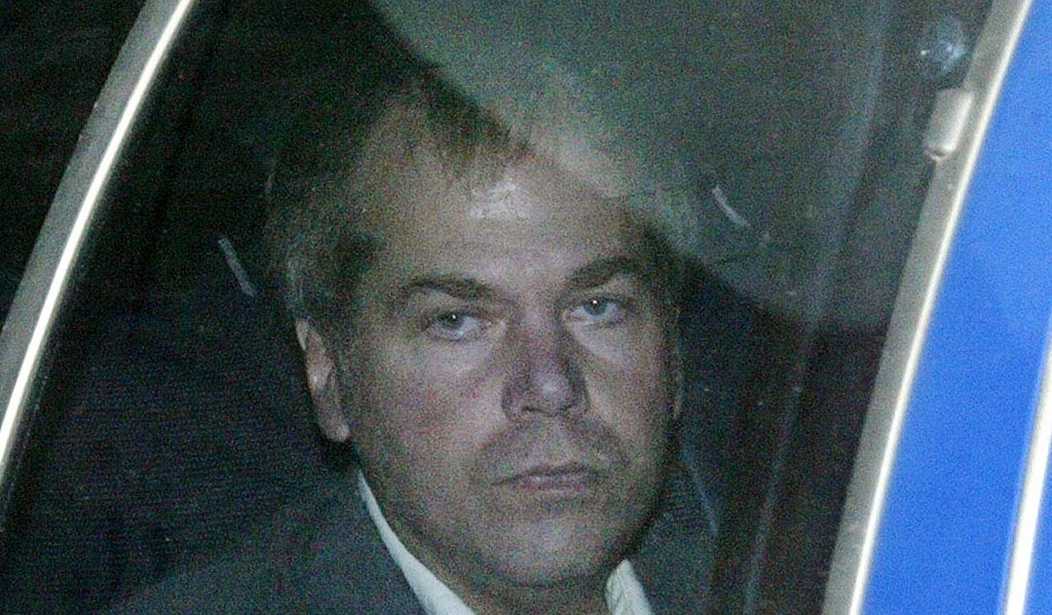




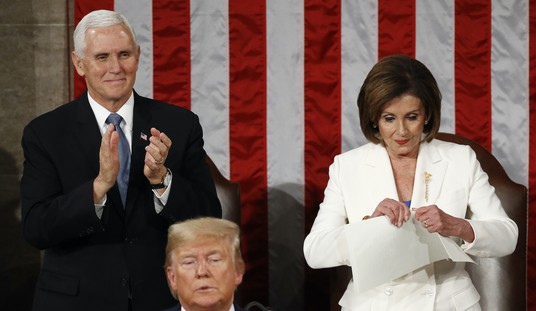
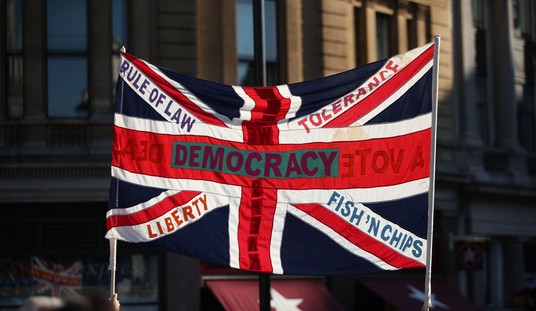


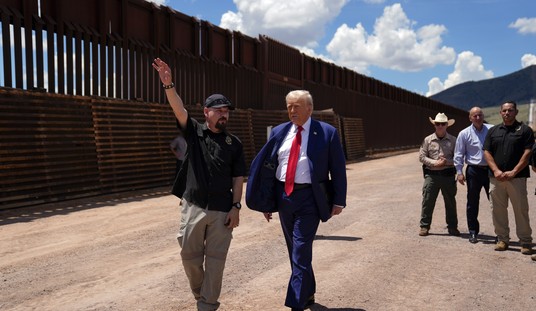


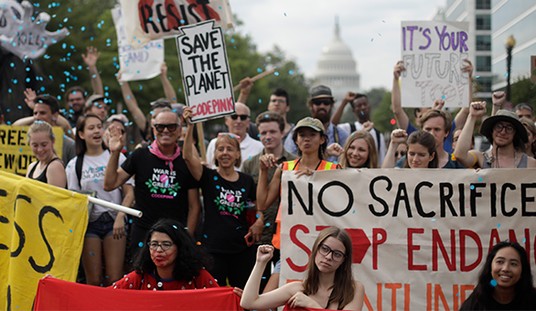

Join the conversation as a VIP Member